Your Child Will Learn
How to identify and describe a problem
Here’s What to Do
- Tell your child you’re going to play “What’s the Problem?”
- Act out some problems. Make up your own ideas, or try these:
- Put water in a bowl, then try to sip it with a fork.
- Try to open a can with a spoon.
- Try to put your sock on upside down.
- Try to put your child’s shoe on your foot.
- Encourage your child to tell you what the problem is.
- (Optional) Switch roles: ask your child to show you a problem and have you tell them what the problem is.
Put PEER Into Action
PAUSE
- Hold your child’s hands and take a slow breath together.
ENGAGE
- “We’re going to play ‘What’s the Problem?’ I’m going to try to do something, but there will be a problem! Use your words to tell me what the problem is.”
- “Okay, I’m going to open this can with this spoon…. Hmmm… What’s the problem?”
ENCOURAGE
- Encourage your child to “use your words” to describe the problem, instead of only showing you the solution.
- “Hmmm, what is the problem with this shoe? Does it fit on my foot? Is it too big, or too small?”
REFLECT
- “How did you figure out what the problem was?”
Not Quite Ready
Tell your child what the problems are if they can’t describe them on their own.
Ready for More
Ask your child about some problems they have when they play with their friends. Talk about how they might try to solve these problems.
As Your Child Masters This Skill
They will be able to accurately describe a problem with words
Time to Complete
10 minutes
Materials Needed
Household items to act out the ‘problems’
